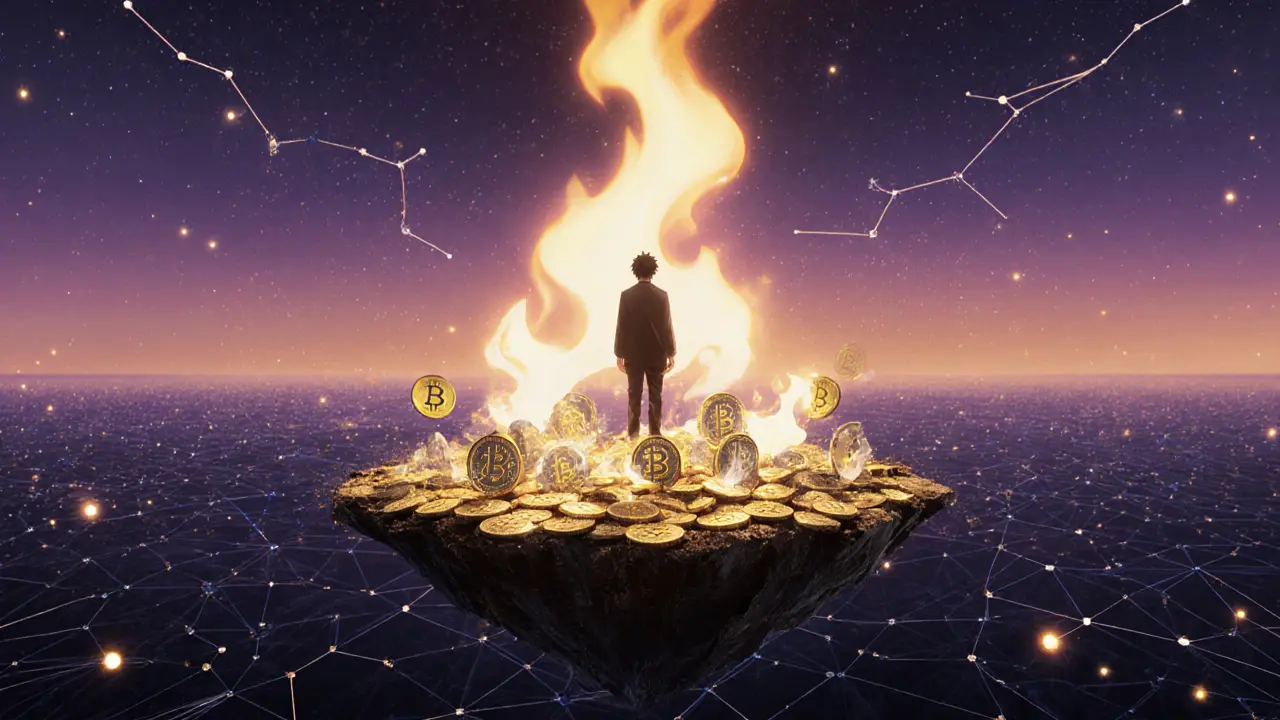Deflationary Crypto: How Scarce Tokens Gain Value Over Time
When you hear deflationary crypto, a type of cryptocurrency designed to reduce its total supply over time to increase scarcity and potential value. Also known as burning tokens, it works differently from inflationary coins like Bitcoin, which have a fixed cap but no active destruction of coins. Most digital currencies start with a set number of tokens, but deflationary ones actively remove coins from circulation—usually through automated burning. This isn’t just theory; it’s built into the code of real tokens you can buy today.
What makes a crypto deflationary isn’t just its max supply—it’s how that supply changes. For example, Bitcoin, the first and most well-known cryptocurrency with a hard cap of 21 million coins is often called deflationary, but technically, it’s not actively burning coins. Its scarcity comes from a fixed supply and halving events. True deflationary models, like those in Ethereum, a blockchain platform that burns a portion of transaction fees with every block, remove coins continuously. This burning process, called EIP-1559, has destroyed over 5 million ETH since 2021. That’s not marketing—it’s math. And it’s why some investors see Ethereum as more than just a platform; they see it as a shrinking asset.
Deflationary crypto isn’t just about burning tokens. It’s about trust in the rules. If a project says it’s deflationary but can change the rules anytime, it’s not deflationary—it’s misleading. Real deflationary systems are immutable. The burn rate is coded, not controlled by a CEO. That’s why projects like BNB, which burns tokens quarterly based on trading volume, get attention. Their supply decreases predictably, and users can track every burn on-chain. This transparency builds confidence. But not all deflationary tokens succeed. Many launch with burning mechanisms, then fade into silence—no volume, no updates, no real use. That’s why you’ll find reviews here of tokens that promised scarcity but delivered nothing.
What separates the winners from the noise? Real utility. A token that burns coins but has no users, no trading, and no reason to exist won’t gain value—no matter how much it burns. The most successful deflationary models tie scarcity to demand: more usage = more burns = higher perceived value. That’s why you’ll see posts here about tokens tied to real-world assets, decentralized exchanges, or gaming economies. They’re not just burning coins—they’re building ecosystems where scarcity matters.
Don’t be fooled by hype. A token labeled "deflationary" doesn’t mean it’s a good investment. It just means the supply is shrinking. You still need to ask: Who uses this? Why does it matter? Is the burn rate sustainable? The answers are in the data—not the whitepaper. Below, you’ll find honest reviews of real tokens, exchanges, and protocols that claim to offer deflationary benefits. Some deliver. Most don’t. Let’s cut through the noise and find the ones that actually work.
 27 Sep 2025
27 Sep 2025
Burncoin (BURN) is a deflationary Solana meme coin that burns 4.20% of every transaction. With no team, no utility, and low liquidity, it's a high-risk experiment. Here's what you need to know before buying.
View More
